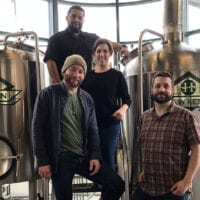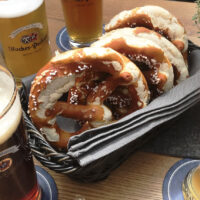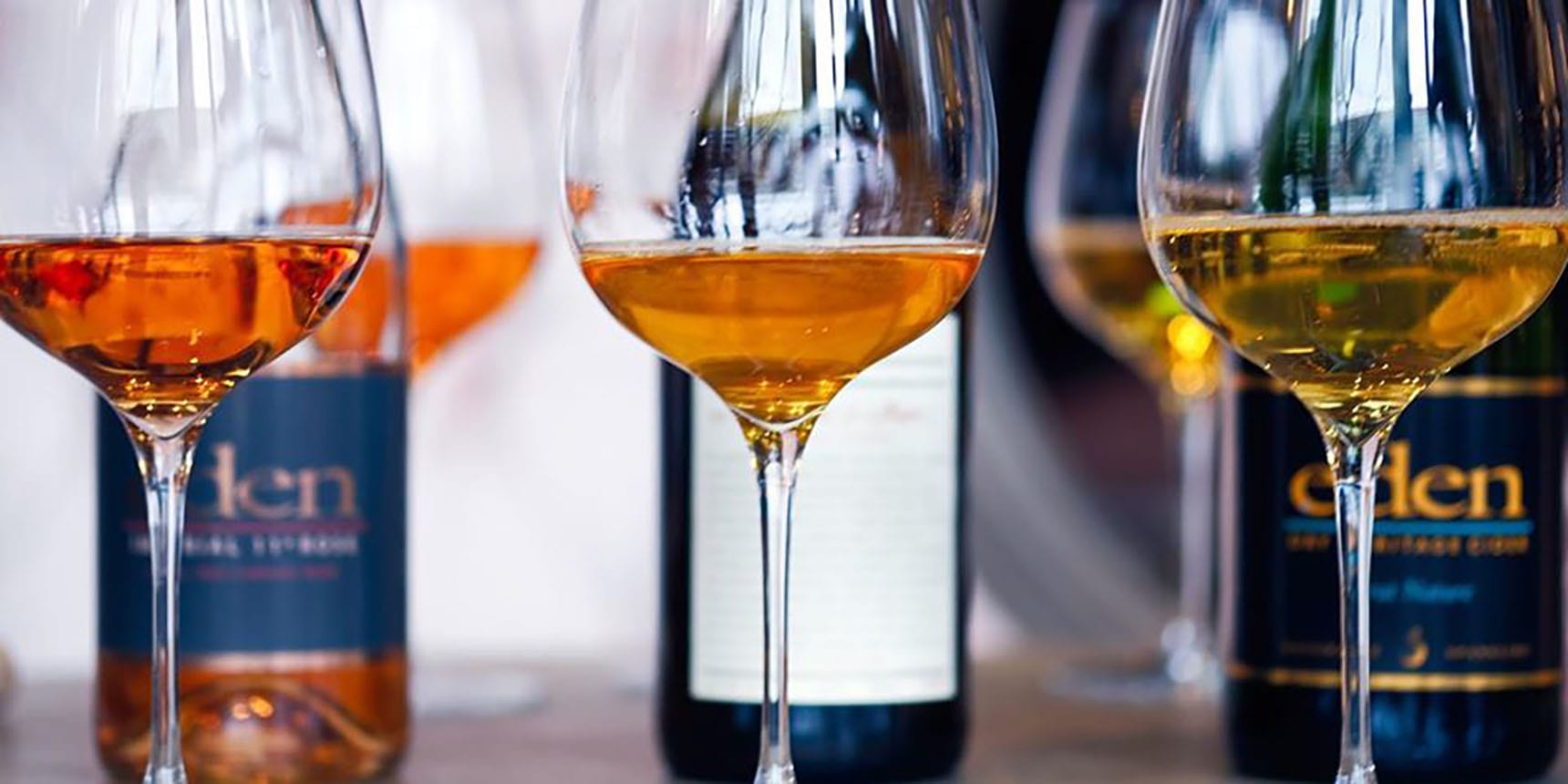
The mission is simple: To grow the craft cider scene in Utah. But Ibantik Craft Beverages, Utah’s first — and so-far only — hard cider-focused brokerage, packs a lot into that seemingly simple statement.
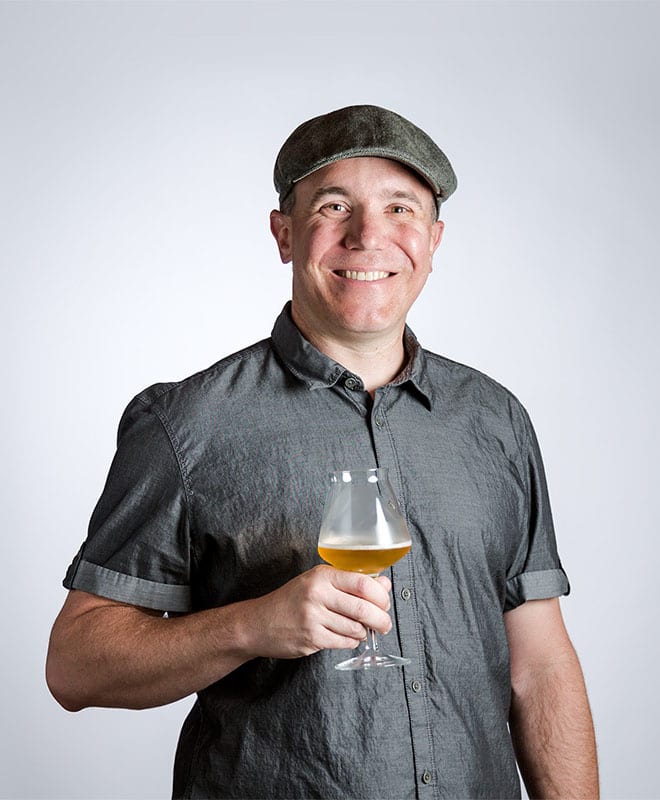
“Our first priority is to grow the presence of ciders from producers we represent,” says Matthew Ostrander, Ibantik’s chief cider curator. “But I also see a vision to be an advocate for craft cider in general.”
It’s clear that community is important to Ostrander, who sipped his first alcoholic beverage — yes, a cider — in an English pub more than 25 years ago. Since then, the Wisconsin native and longtime Utah resident has tasted hundreds of ciders. And his focus now rests on introducing our state to craft cider produced by-and-large at small cideries across the country.
Nationally, hard cider — which is referred to simply as “cider” elsewhere in the world — represents only 1% of the total alcohol market. But, just as craft beer’s experienced a boom in last decade, so too has cider.
Of course, Utah generally lags the nation in alcohol-related trends. And while local producers such as Mountain West Hard Cider, The Hive Winery, and newcomer Etta Place Cider stretch up and down the Beehive State, opportunities remain.
“We’re ahead of some states and behind most,” Ostrander says. “When it comes to drinking trends, I think that’s common for Utah.”
Nevertheless, “one day we’ll have a cider culture here,” Ostrander predicts. “It’s coming.”
(article continues below)
Listen Now: Ibantik Craft Beverages
BONUS: Subscribe to the Utah Beer News Podcast and listen to our interview with Matthew Ostrander, the chief cider curator at Ibantik Craft Beverages. Hear how America originated as a “cider culture,” learn why he’s passionate about introducing Utah drinkers to craft cider from around the nation, what the overall craft cider landscape looks like currently, and more!
Listen Now
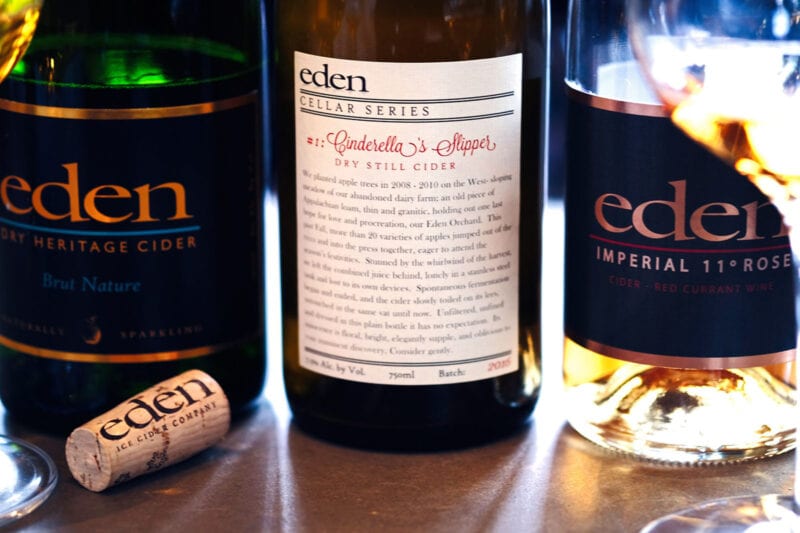
Why is Craft Cider Gaining Popularity?
Until the late 19th century, Ostrander says, the United States was a cider culture. Colonists planted apple trees and for hundreds of years, the simple formula of apples, yeast, and time yielded countless gallons of cider. (Ostrander likes to say “cider is what apple juice wants to be if you give it enough time” to ferment.)
But soon the agrarian society started to shift. As it became more industrial, farmland disappeared and Americans turned to a more “industrial” beverage: beer.
“If you track cider’s popularity in America against our urbanization, it tracks right along with it,” Ostrander says.
Recently, however, cider’s experienced a resurgence. Ostrander estimates there are now 1,000 or so craft cideries nationwide (compared to about 8,000 craft breweries). Popular apple-growing regions — the Pacific Northwest, Upstate New York, and even Michigan — are popular areas for cider.
“We like to say craft cider is kind of where craft beer was 10-15 years ago,” Ostrander says.
Cider drinkers tend to be younger and are split evenly between males and females, making cider the most gender-balanced of alcoholic beverage categories, Ostrander says.
Yet, as mentioned earlier, hard cider represents a small fraction of overall alcohol consumption. But as consumers seek whole and natural foods (and beverages), they’re gravitating toward cider.
“Cider is nothing but juice and yeast, and you don’t even need to pitch yeast — there’s natural yeast on the skin of the apples,” Ostrander says.
Of course, skill and artistry are involved in creating quality craft ciders, which are naturally gluten-free, another selling point for many. Certain cider makers (including Utah’s Mountain West) are dry-hopping their products, a popular trend that helps to give such ciders more of a beer-like quality.
Ibantik Craft Beverages: The Ciders
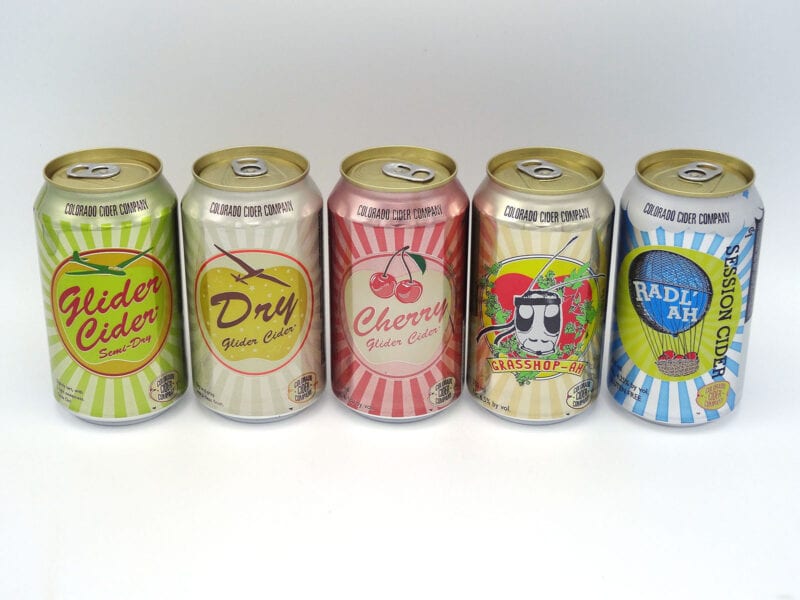
Ibantik’s craft cider portfolio is ever-expanding. Through the first part of 2021, it represented more than a half-dozen cideries that span the nation.
“I’m not going to represent anything I don’t believe in,” Ostrander says. “It started as a coincidence, but I’ve made it part of the company at this point. I only represent producers that qualify for the small-producer credit in Utah.”
That limit, Ostrander says, is 620,000 gallons per year. If a cidery produces less than that annually, it qualifies for a lower markup from the state.
And while not all the cideries Ibantik works with are family-run affairs, they’re all relatively small businesses in which the cidery is the family, Ostrander explains.
The following cideries are part of Ibantik’s current portfolio. Select ciders from each cidery are available in liquor stores and at bars and restaurants around the state.
ANXO Cidery
A craft cidery based in Washington, D.C. that sources apples from local farmers.
Big B’s Fruit Company
Located in Hotchkiss, Colo., its “high elevation, Rocky Mountain water, cold nights, and warm days produce some of the finest fruits in the world.”
Colorado Cider Company
Founded in 2011, the cidery is “focused on producing well-balanced ciders using all juice and innovative ingredients.”
Eden Specialty Ciders
The Eden orchard is mere miles from the Canadian border in northern Vermont. It grows more than 35 varieties of apples.
Eve’s Cidery
Eve’s is a small family farm in the Finger Lakes region of New York. It produces ciders from its “own organically-grown fruit and from wild-foraged apples and pears.”
Liberty Ciderworks
Almost all ciders at the Spokane, Wash., cidery are native ferments, meaning the yeast isn’t generally pitched.
Original Sin Ciders
The upstate New York cidery got its start in 1996 and is now available in more than 30 states across the country.
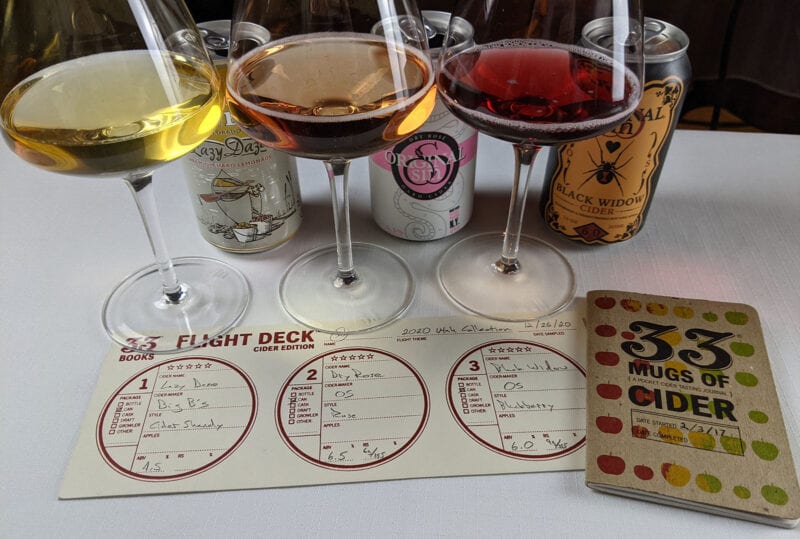
Craft Cider Events for You
In its quest to be an advocate or ambassador for craft cider, Ibantik’s taken to Instagram Live to host Cider Saturdays on select Saturday evenings.
Sometimes it’s Ostrander talking about and tasting ciders solo, welcoming anyone watching to join the conversation. Other times, he welcomes guests (including Utah Beer News) to his informal show.
“It’s a way to get on and talk cider,” he says. “(To keep) cider in people’s minds. I try to keep it light Hopefully, people learn from it.”
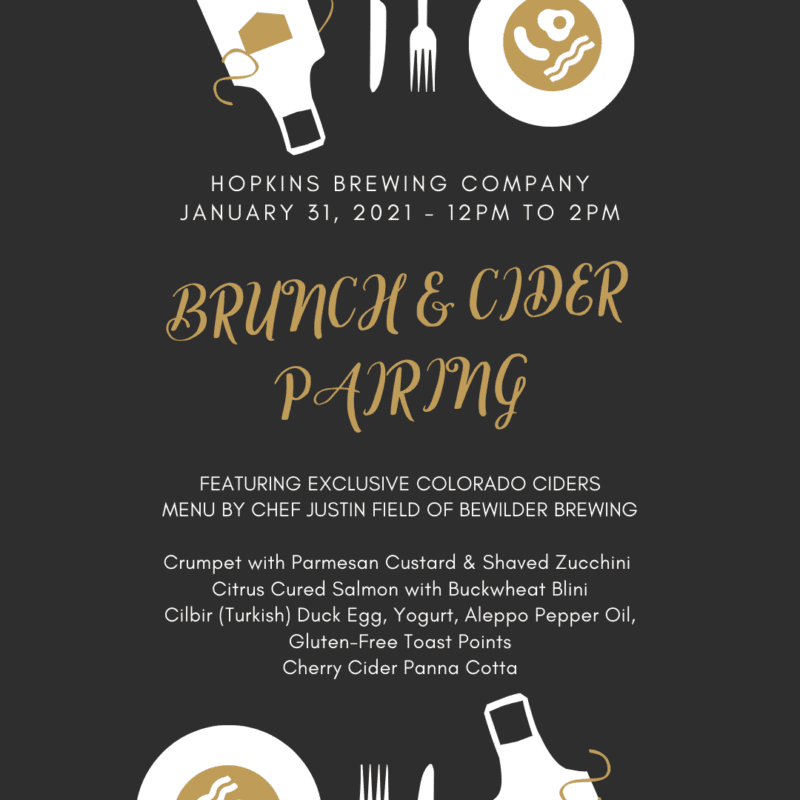
Also on tap, Ibantik is working with local establishments to create a series of Cider Pairing Meals. The first one, a five-course brunch, is set for Jan. 31, 2021, at Hopkins Brewing Co. in Sugar House.
The gluten-free brunch will feature ciders from Colorado Cider Company and accompanying dishes will be prepared by Justin Field, chef at Bewilder Brewing in Salt Lake.
“With every course I’ll introduce the cider,” Ostrander says. “Justin will talk about the dish and then we’ll sit and enjoy the pairing.”
The Hopkins event is the first of what Ibantik hopes will be many more opportunities for Utah consumers to learn more about craft cider and how they pair with different foods.
It gets back to the advocacy that Ostrander’s so passionate about.
“Anytime someone tells me they don’t like cider, I say, no, you just haven’t found a cider you like yet,” he says. “If you drink, I can find a cider that fits your taste profiles.”
Read 250+ cider reviews at HardCiderReviews.com.
About Ibantik Craft Beverages
Ibantik Craft Beverages, named for a lake in the Uinta Mountains, emerged in 2018 as an offshoot of Matthew Ostrander’s consulting company. This year, it became its own entity.
Ibantik is Utah’s first hard cider-focused brokerage and it currently represents more than a half-dozen craft cideries across the country. It works with the Department of Alcoholic Beverage Control (DABC) in Utah to get craft cider on liquor store shelves and to make them available for consumers to enjoy in Utah’s bars and restaurants.
“Cider is a very broad category,” Ostrander says. “Some are sweet, some are dry. Some are so high in tannins that they give me instant cottonmouth. Point being, there is a cider out there you will enjoy — it’s a matter of finding it.”
- Founded: 2018 (as an offshoot of Ibantik Consulting)
- Website: Ibantik Craft Beverages
- Social Media: Facebook / Instagram

